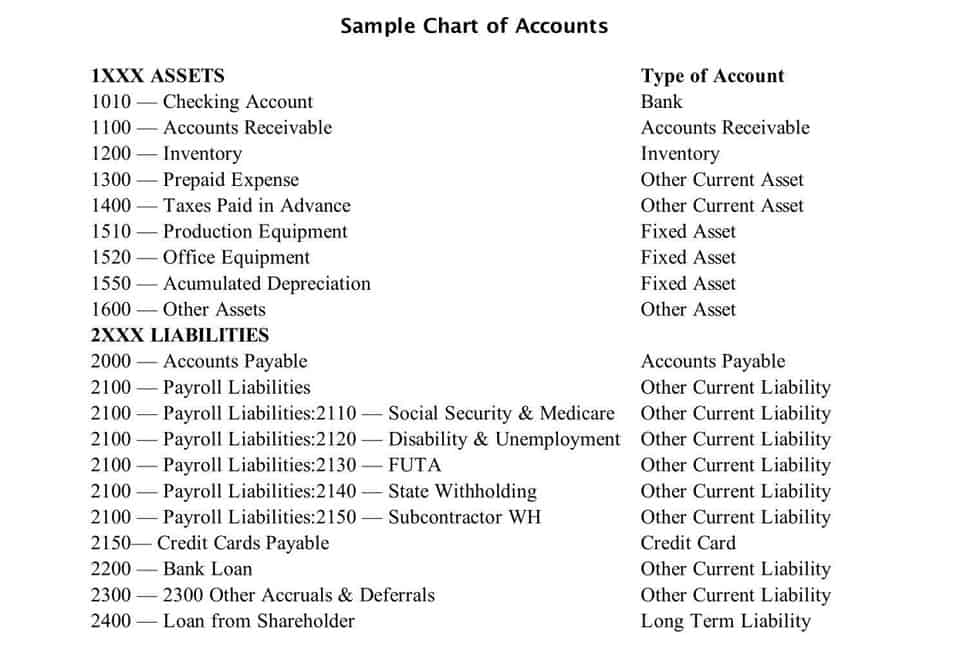What are T-Accounts Example, Debits and Credits of T-Accounts, Rules

The difference between the current balance and the needed ending balance is the amount for the adjusting entry. The key financial reports, your cash flow, profit & loss and balance sheet are an organised representation of these fundamental accounting records. They are built from the ground up by these debits and credits. It’s these reports that you’ll be analysing to aid your decision-making process.
T Accounts Examples in Accounting
As you can observe from the how is sales tax calculated above example, all the debit and credits entries have been posted to the appropriate side of the respective t-accounts. This will give the management (Bob in this case) a holistic view of what is happening in his accounts and if there is anything out of the ordinary occurring. The left side of any t-account is a debit while the right side is a credit. Debits and credits can be used to increase or decrease the balance of an account. This will depend on the nature of the account and whether it is a liability, asset, expense, income or an equity account. This transaction will decrease ABC’s Cash account by $5,000, and its liability Notes Payable account will also decrease by $5,000.

Add up all the individual amounts on the smaller side.
Bookkeeping is the process by which a company’s financial transactions are recorded and organized. Single entry bookkeeping is the simplest form of bookkeeping where a single entry is made for every transaction usually in a cash book. As you can see, assets and expenses have normal balances on the left, while liabilities, revenue, and owner’s equity have normal balances on the right. As you can see from the chart above, cash normally has a debit-side balance while revenue has a credit-side balance. They display debits and credits but don’t provide details such as transaction dates, descriptions, or supporting documents. As a result, these calculations are less useful for audits or detailed financial analyses without additional records.
- Indirect costs like these, along with administrative salaries and sales commissions, are excluded from your COGS calculation.
- The debit side is on the left of the t-account and the credit side is on the right.
- A general ledger is the repository of all account-related information required to prepare a financial statement.
- Schedule a demo to see how HubiFi can streamline your inventory tracking.
- It is this simple for cash accounting, but it isn’t for accrual accounting, which you likely use.
- Under this arrangement December’s interest expense will be paid in December, January’s interest expense will be paid in January, etc.
T-Accounts, Journal Entry and Trial Balance Question

When a customer returns a product, you credit your COGS T account to reflect the decrease in the cost of goods sold. Similarly, if you offer Medical Billing Process an allowance (a price reduction) to a customer for a damaged product, you also adjust your COGS. Forgetting to account for these transactions can overstate your COGS and give you an inaccurate profit calculation.

This process builds trust with stakeholders and supports compliance with regulations like the Sarbanes-Oxley Act, which mandates robust internal controls. Integrating your cost of goods sold (COGS) into your financial reporting is essential for understanding your business’s profitability and making informed decisions. Let’s explore how COGS connects to your income statement and balance sheet. A robust inventory management system is the backbone of accurate COGS. They provide real-time visibility into your inventory levels, track goods throughout your supply chain, and automate key processes. This automation minimizes manual data entry, reducing the risk of errors that can skew your COGS.
- Since this figure is on the credit side, this $300 is subtracted from the previous balance of $24,000 to get a new balance of $23,700.
- However, since debits and credits are entered at the same time, these kinds of mistakes can be easier to catch if the accountant checks his numbers after every journal entry.
- Construction Cost Accounting stresses the importance of including all project-related expenses.
- They’re super handy for both newbies and seasoned accountants to keep things clear and accurate.
- Businesses can also save a considerable amount of time by automating repetitive entries.
- AI can accurately classify transactions, ensure correct debit and credit postings, and speed up journal entries—eliminating the need for manual bookkeeping.
The Accounting Cycle Example

To illustrate let’s assume that on December 1, 2024 the company paid its insurance agent $2,400 for insurance protection during the period of December 1, 2024 through May 31, 2025. The $2,400 transaction was recorded in the accounting records on December 1, but the amount represents six months of coverage and expense. By December 31, one month of the insurance coverage and cost have been used up or expired. Hence the income statement for December should report just one month of insurance cost of $400 ($2,400 divided by 6 months) in the account Insurance Expense. t accounts example The balance sheet dated December 31 should report the cost of five months of the insurance coverage that has not yet been used up.






















